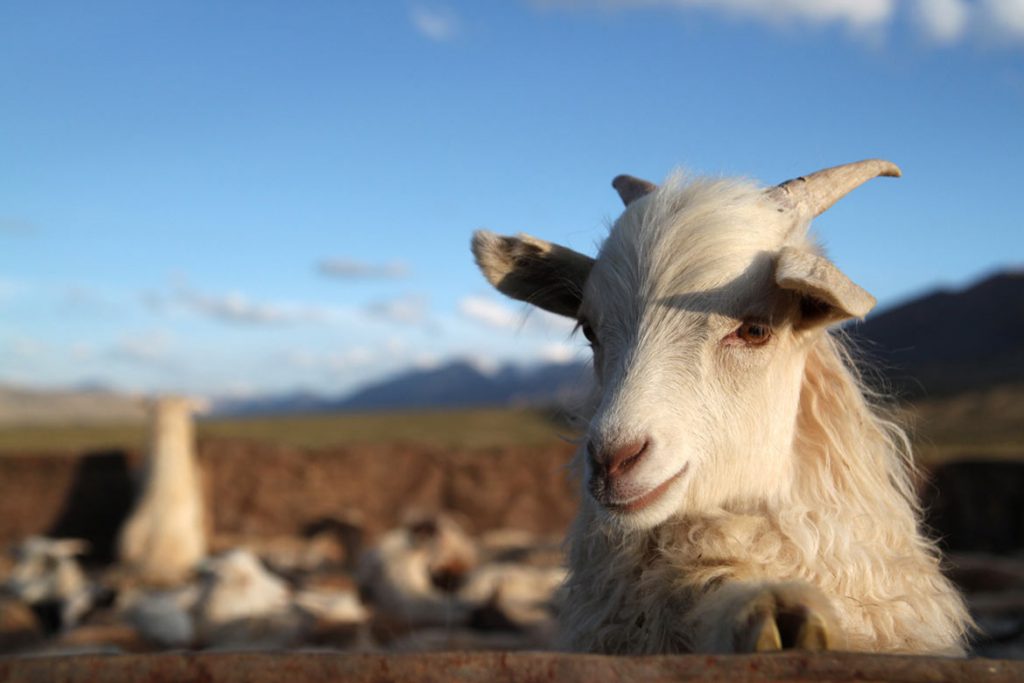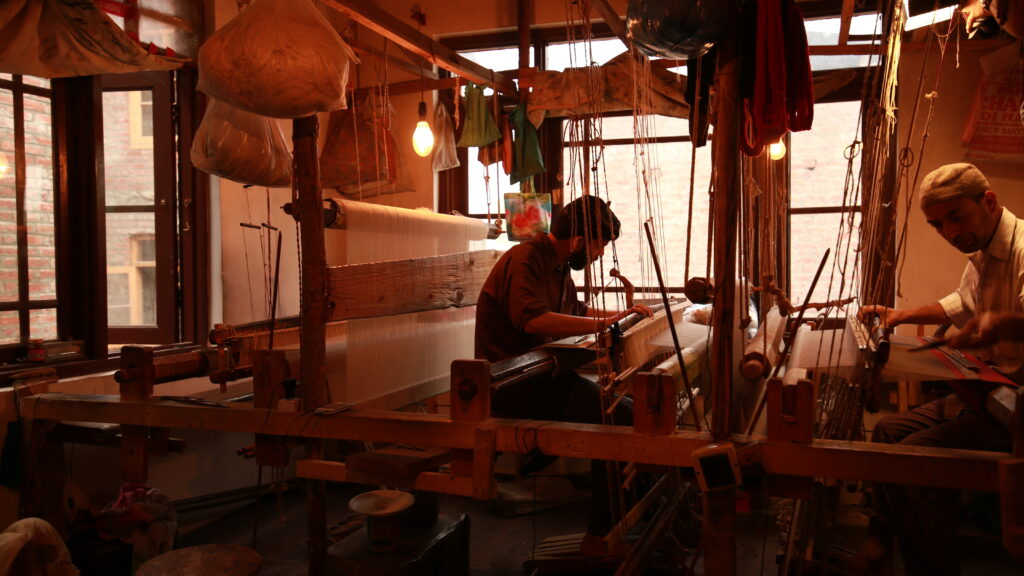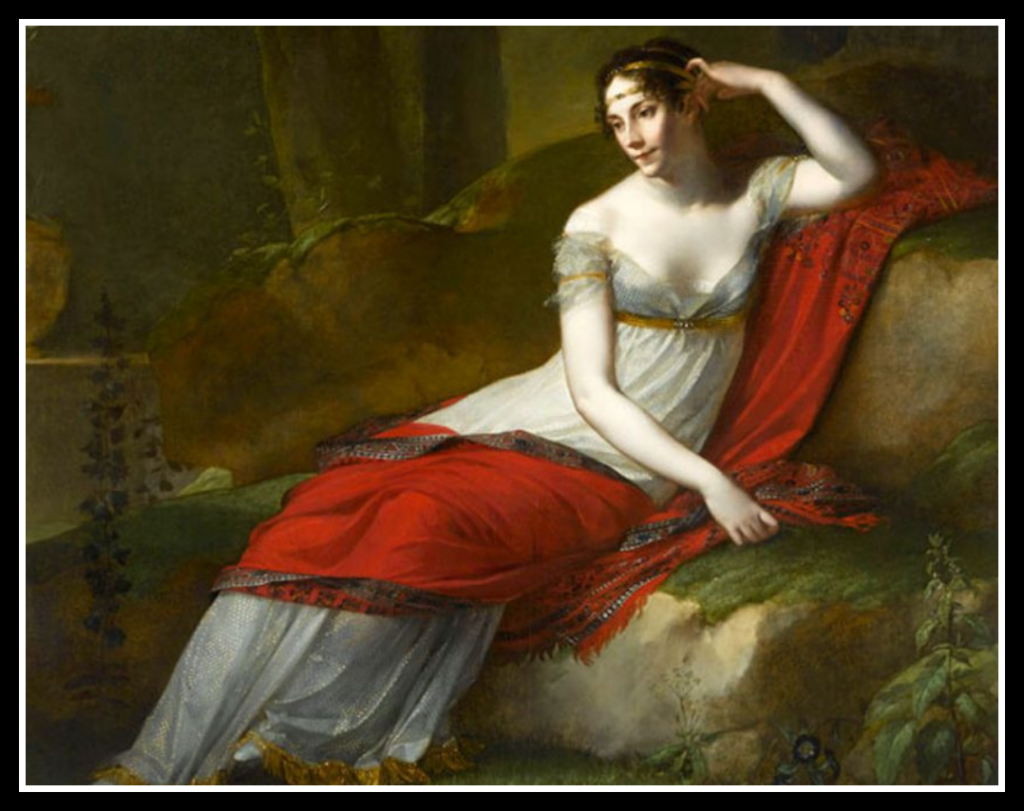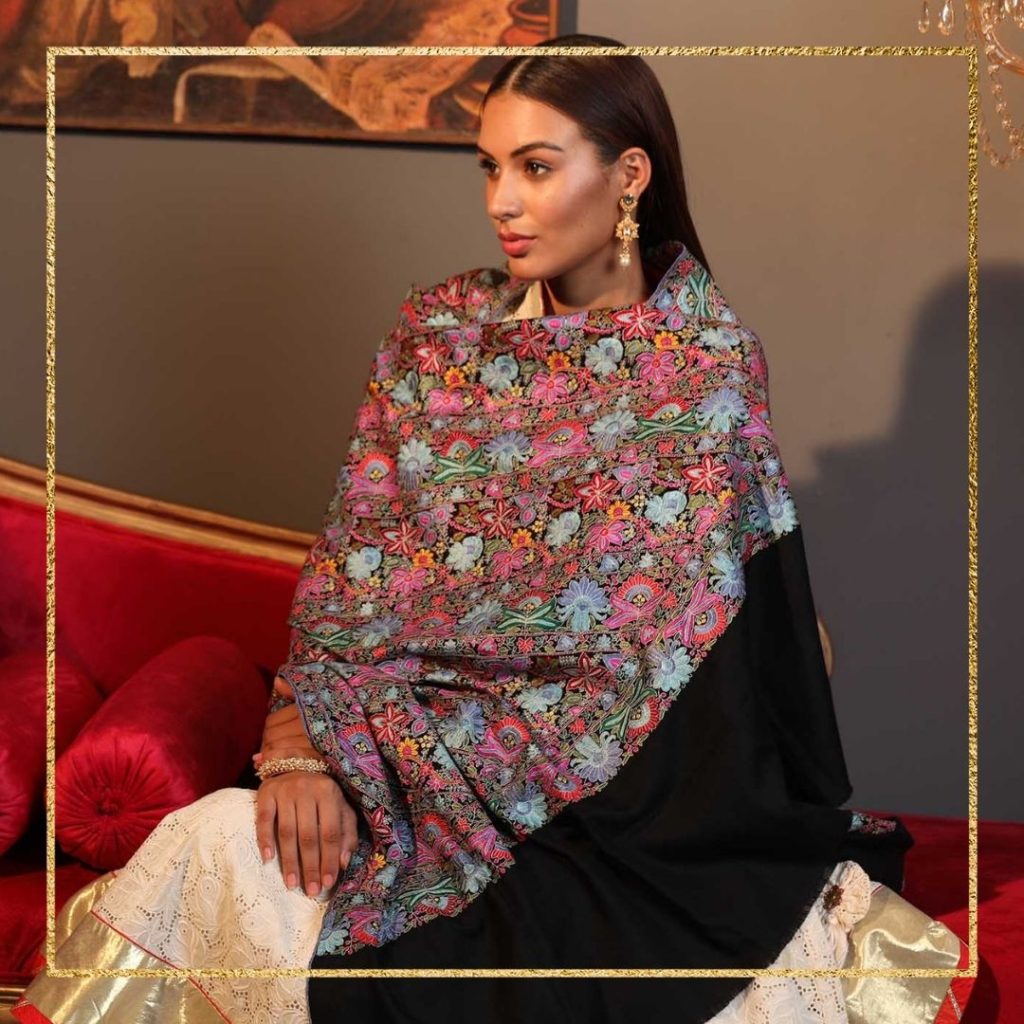A centuries-old reputation of being simply the best, and considered so all over the world, is what makes the Kashmiri Pashmina Shawl an enshrined treasure. From the local Mughal rulers to Emperors and Empresses in the far West, Kashmiri Pashmina shawls were considered a status symbol. And everyone wanted at least one for a lavish fashion statement. Even women with no knowledge of its acquisition and making wanted shawls that would be the best of all.
What is a Kashmiri Pashmina Shawl?
A Kashmiri Pashmina shawl is one handcrafted from pure Ladakhi Cashmere by artisans of Kashmir. Pashmina is the regal art of transforming Ladakhi Cashmere into luxury shawls and scarves. It was once popularly used by the royals, rich and affluent segments of society. But soon, it became a day to wear as the younger generation showed interest in it. The fabric of Pashmina shawls is exceptionally luxurious. The art of weaving Pashmina shawls has been passed down to generations together, since the 15th century. Nevertheless, Pashmina shawls have a timeless grace and traditional handweaving makes them even more ageless and treasure-worthy.
The word Pashmina comes from ‘Pashm’, which means ‘soft gold’ in the Persian language. This is because the Cashmere wool that it is made from is luxuriously soft and fine. This makes Pashmina shawls unbelievably delicate, warm, and resplendent. As per a few folklores, Pashmina shawls can even hatch an egg, owing to their luxurious warmth.
Production of Pashmina
Pashmina shawls are handcrafted out of Cashmere wool that comes from Ladakh. A specific breed of goats found in the Himalayan region on the high altitude of Changthang, Ladakh, grows it. The wool is an undercoat of this goat and protects the animal from the biting cold of the Himalayan region.

Changthang is a region in eastern Ladakh. It is a newly formed Union Territory in India and an extension of the Tibetan plateau to the west side. Changthang is often called the rooftop of the world. This is owing to its altitude of more than 15000 feet above sea level. It experiences harsh climatic conditions, and the winter temperature drops to -40 degrees C at times, especially in winters.
Processing Cashmere to Pashmina Shawls

Handcrafting Pashmina shawls is a task. Fleece from the Changthangi goat is acquired manually by middlemen, who sell it to the Kashmiri artisans. The artisans start processing the same and begin cleaning it. Cleaning requires immense patience just like all the other processes. The fibre is cleaned manually by womenfolk of the valley who then take the clean wool lumps for spinning. Spinning is done over a wooden spinning wheel. With the help of perfect harmony between the wheel and the hand, the wool lumps are converted to fine yarn. Next, the yarn is handwoven over traditional handloom. As a result, Pashmina shawls come into existence after 3 - 4 days.
History of Pashmina Shawls
Some scholars believe that it was the 1st century CE when Kashmiri shawls were famous in the courts of Roman Caesars. But it was only in the 15th century that Pashmina shawls were discovered. The story goes back to the era when a Sufi saint by the name of Syed Ali Hamdan visited Kashmir. The purpose of his visit was a religious one. As soon as he reached Ladakh, he discovered a soft fleece growing on the body of the Changthangi goat. Out of curiosity, he immediately ordered a pair of socks to be crafted from this wool.
The socks were made and presented to the then king of Kashmir, Zain ul Abideen. The king was highly impressed by the quality. He, hence, ordered the setting up of processing units where this fleece would be processed to the fabric. This was the beginning of Pashmina shawl making in Kashmir. During that time shawls were either plain or embroidered with floral, faunal, or geometric motifs.
Pashmina and Mughals
By the 16th century, the Mughal empire had spread across India. It was them who were the patrons of Pashmina art. King Babar is said to have started giving Pashmina as political gifts (called Khilat) to allies, governors, and his officials. This was done to acknowledge their works and contributions. Pashmina shawls were an obsession for the Mughal kings, as these were considered a symbol of prestige for them. It was just because of the reverence and admiration of the Mughals that Pashmina reached its zenith. This was the most glorious period when it came to Pashmina sales and production. The slow and labour-rich art of Pashmina took years of hard work and skillful efforts to bring luxury shawls to customer markets. It is believed that this industry employed around 4000 people of Kashmir back in the era.
Also read: Pashmina Facts - 10 Amazing Facts about Pashmina
Pashmina in Europe
By the 18th century, Pashmina sales had spread over the European markets and ruled the fashion industry in the West. But Pashmina shawl sales took a new turn when Empress Josephine wore them. She set them to a timeless fashion for all the times to come. Her husband, Napoleon purchased her a Kani shawl during his Egypt campaign and presented it as a gift to her. She loved the quality and look of the shawl so much that later she is believed to own a few hundred shawls.

Pashmina shawl appeared in a French magazine in the year 1790. By doing so, it instantly gained the status of a regal fashion accessory in France. The French women especially ordered shawls from Kashmir and made it a point to compete with one another on the basis of the quality and looks of the ones they owned. A noteworthy fact about Pashmina is that Cashmere was a term coined by the Europeans who couldn't pronounce Kashmir properly. Cashmere is an anglicization of the word Kashmir, it is used to define the soft and fine wool that is acquired from Ladakh.
Also read: Pashmina - Creation beyond existence
Copies of the original Pashmina
Popularity of Pashmina spread all over Europe. Owing to this, there were replicas of the shawls produced in Europe as well as India. A large number of traders produced wraps that looked exactly like Pashmina shawls and even sold thousands of them. European traders took Cashmere wool from Kashmir and attempted several versions of the Pashmina shawl at their own hometowns. But no one could craft a shawl as luxurious, fine, and beautiful as the original Pashmina. The finesse of Ladakhi Cashmere and the flawless skill of Kashmiri artisans was an unbeaten combination. Hence Kashmir ruled and still rules the world when it comes to the best quality Pashmina shawls.
Which shawl is famous in the world?

Undoubtedly, the Kashmiri Pashmina shawl is the most famous shawl in the world. In fact, this has been the case since the 16th century. Even now, large groups of Europeans visit the Kashmir valley and look for original Pashmina shawls, even though they have huge replicas present in their hometowns. But the love and adoration that this world-famous shawl has received are purely honourable.
Also read: Cashmere-The dawn of Pashmina Art